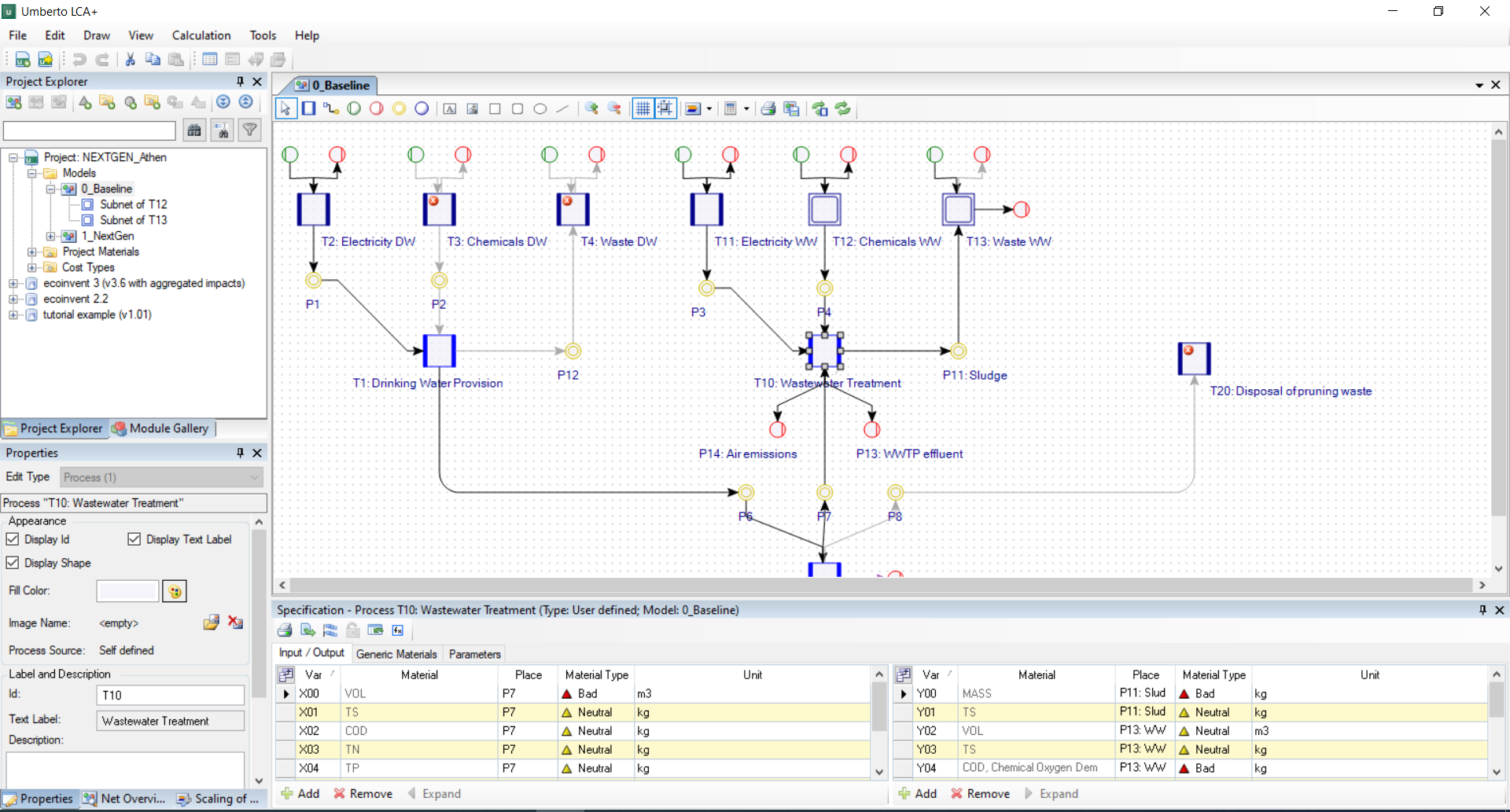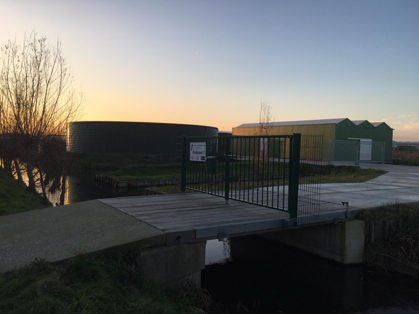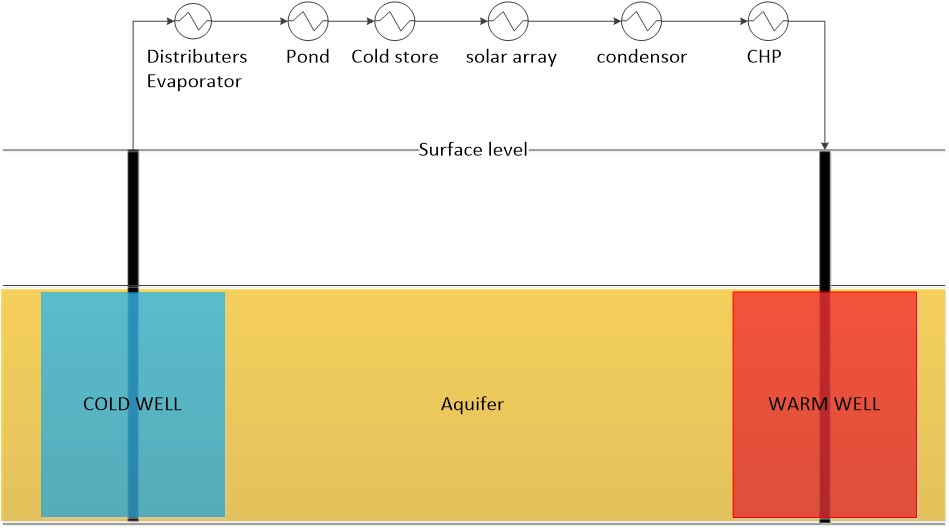Description
Coöperatieve Tuinbouw Water Zuivering de Vlot is a wastewater treatment facility located at ‘s- Gravenzande treating 160 hectares (60 companies) of wastewater from greenhouses mainly growing ornamental crops. Exploring water and nutrient reuse oppurtunities for their facility, they are optimizing their system for internal symbiosis within their own facility and external symbiosis with neighbouring greenhouses and industries. De Vlot has ambitions to reach zero liquid discharge and provide symbiotic internal and potentially external reuse of water and nutrients from greenhouse wastewater (approx. 10% of the total water input). The system to treat and reuse drainwater from 60 greenhouses (160 ha) is laid out maximum capacity of 60 m3/h but the expectation is that the majority of the time, 40 m3/h is sufficient (for one out out 3 treatment streets to be in maintenance if required). In this setup, recycling would be provided internally for the greenhouses in the summer and in the winter months the excess recovered water and nutrients can be reuse in nearby industries or a central water bank.
In the case study the following technologies are investigated:
1) use of electrodialysis for treatment of greenhouse wastewater - specifically selective sodium removal - to produce a water quality fit for irrigation purposes
2) feasibility of high-temperature aquifer thermal energy storage (HT-ATES) to balance heat supply and demand across the year.
Applied technologies
Outcome of assessments
Feasibility of using a high temperature Aquifer Thermal Energy Storage (HT-ATES)
As part of the Case Study, the feasibility of using high temperature Aquifer Thermal Energy Storage (HT-ATES) system to balance the seasonal imbalance between heat supply and demand in the greenhouses was assessed. The potential to use HT-ATES to store excess heat from a geothermal plant during the summer and recover it to supplement the heat supply from this source during the winter was characterised by analysing the actual supply and demand, studying the geohydrology at the site to determine the suitability of the subsurface for HT-ATES and predict the performance, assess the financial feasibility and map the local governance situation with regards to permits. This assessment concluded that the aquifer present is very suitable for installation of HT-ATES wells and that there is potential to increase the efficiency of sustainable heat delivery from the geothermal wells to the greenhouses in a cost efficient manner. The full report can be accessed here.
Applied product

NEXTGEN + ULTIMATE Life Cycle Assessment
Life Cycle Assessment is a standardized framework (ISO 14040) for assessing the potential environmental impacts of a pr…



